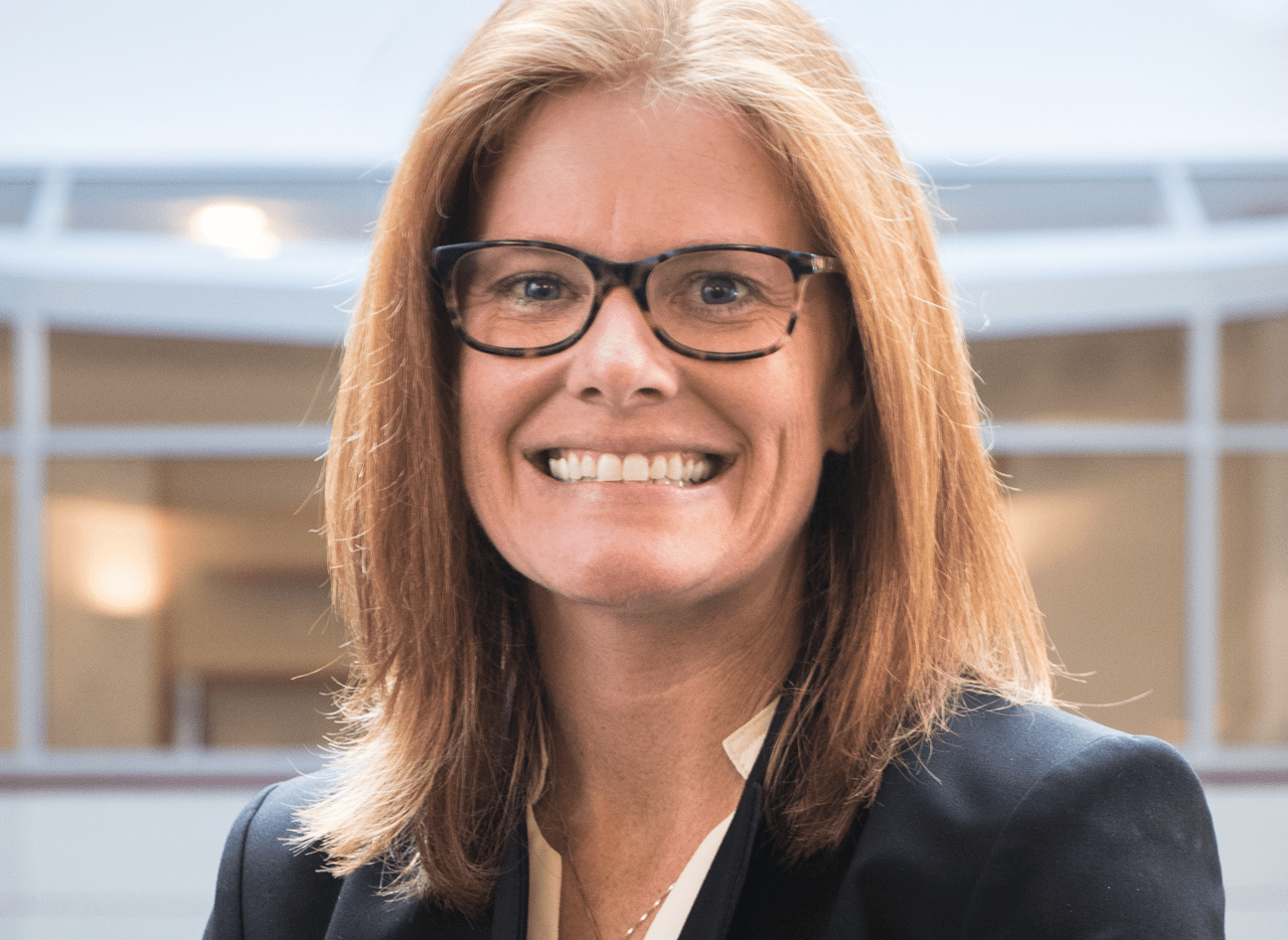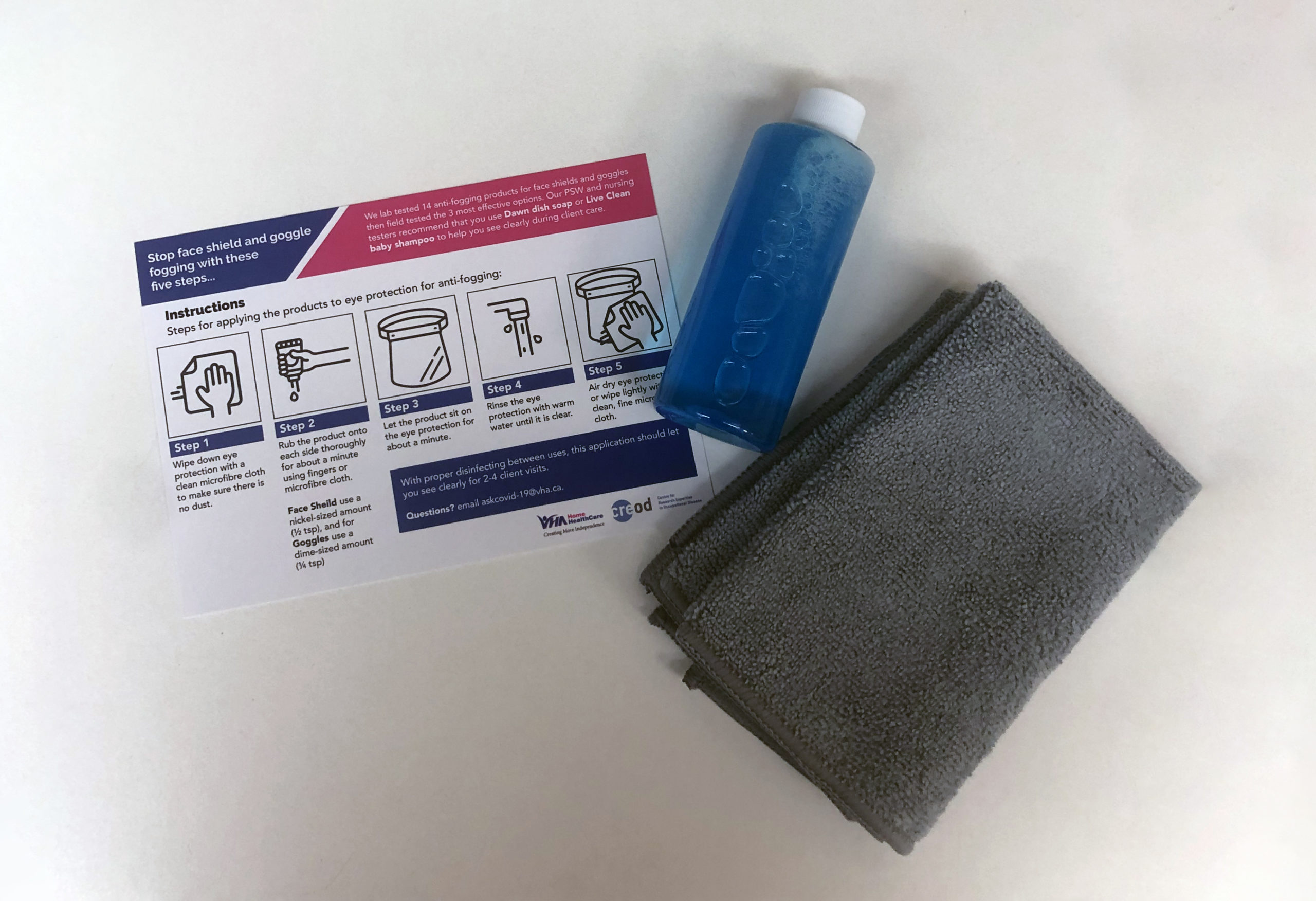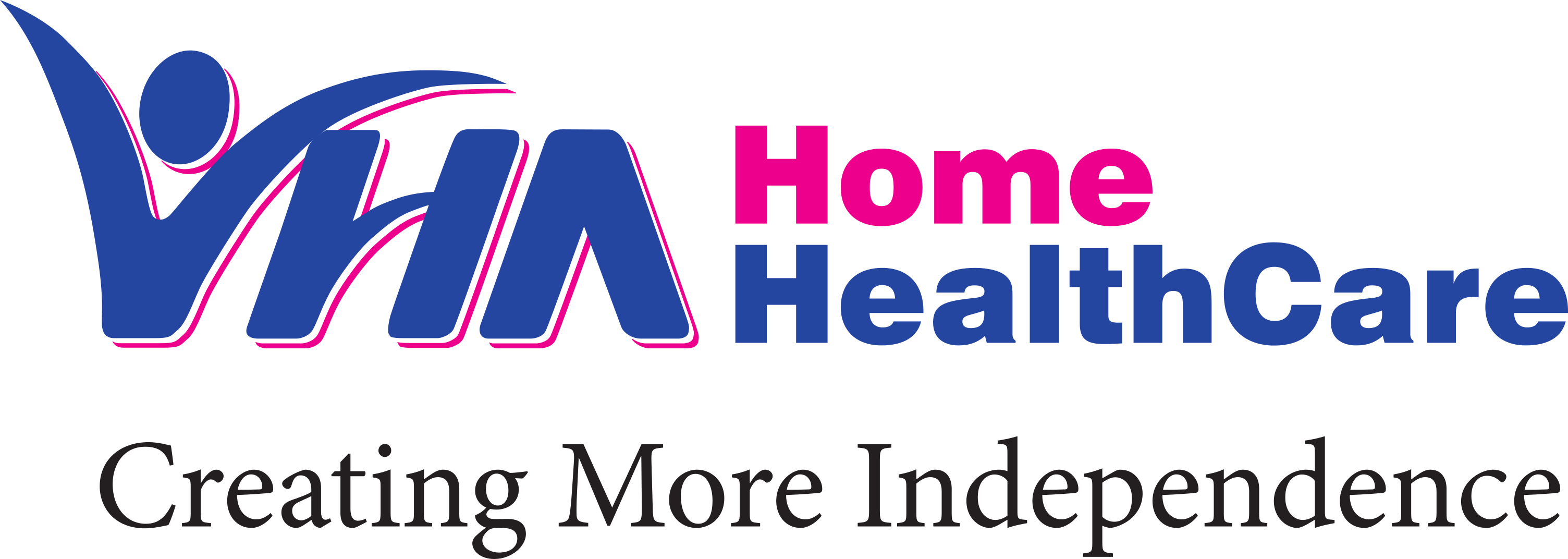VHA’s VP of Research & Innovation Reflects on Exciting First Year in the Role

It’s been just over a year since Dr. Sandra McKay was named Vice President of Research & Innovation at VHA Home HealthCare (VHA). This announcement signaled a significant commitment to research and innovation at VHA. We connected with Sandra to catch up on what’s been happening over the past year.
Sandra, what has your new role and VHA’s commitment to research and innovation meant to you and how that has guided your work over this past year?
I remain grateful for the opportunity to lead a such a strong and diverse team who share my passion for home care. It has been an exciting year of listening, learning and executing our strategic plans including enabling the use of data to better understand our sector. At the same time, I am also acutely aware that many in our VHA community are strained under the ongoing effects of COVID. The research team has focused on understanding the provider experience and the impacts of COVID on the delivery and receipt of home care. These efforts are contributing to advocacy for further investment and wage parity within the home care sector. We created an Annual Report that provides greater detail about our work through 2021.

2021 Research Fellows
Can you tell us about some of the other highlights and accomplishments of the last 12 months?
We have expanded our efforts beyond our core research priority areas of Better Care, More Connected and Safer Teams to include emerging areas of need, such as understanding the emotional support needs of our providers and contributing to advocacy for investment in home care using the expertise of health economists and financial modeling tools. These expanded areas of focus are thanks to our core team of researchers who support learning opportunities with undergraduate and graduate students from University of Toronto, University of Western Ontario, University of Waterloo and Guelph University as well as the point-of-care Rehab, Nursing and PSW providers in our fellowship programs. Seeing all these bright minds working on VHA Research is incredibly gratifying and I continue to be impressed with the team’s dedication and commitment to home care science.
Can you briefly describe VHA’s Research & Innovation Vision 2025? What progress has been made over the past year to realize that vision?
Our Research Vision sets a path for leadership in home care research by attracting and retaining highly sought-after doctoral and post-doctoral fellows to advance our work and amplify our impact. I’m delighted to share that we have made significant progress in the past year securing prestigious fellowship awards to support our home care scientists. A vision document has also now been defined for the Innovation portfolio to guide and focus this work to support strategic decision-making and partnership development. An important part of this vision and workplan going forward involves establishing a strong pipeline of technologies to support healthy aging at home.
How have Research and Innovation come together over the past year?

VHA’s Anti-Fogging Starter Kit which includes a bottle of cleaning solution, a microfibre cloth and an instruction card for applying these tools as anti-fogging solutions
At their core, Research and Innovation are grounded in curiosity and the desire to truly know or understand more fully. While each have unique methodologies and tools – they both utilize a structured
approach to seek a clearer understanding, and the teams have learned a lot from one another already. For example, in response to a point of care survey where providers shared their struggles with fogging eye protection, members of the Research and Innovation teams worked together to trial, test and distribute 2000 anti-fogging kits to our point-of-care providers with their personal protective equipment (PPE) packages. Watching the team work together on such an important and timely project to support providers was really fantastic.
Working in partnership with organizations across the sector to develop a more integrated system is an important priority at VHA, and we’ve worked with research and innovation partners for some time. In fact, you received an Honorary Fellow Award from AGE-WELL last fall – congratulations! Can you speak about VHA’s work with AGE-WELL and some of the other partnership initiatives underway in research & innovation?
Thanks – it was quite a surprise, and I was very honoured to be recognized among such a strong network of academics, entrepreneurs and industry partners. VHA has provided meaningful contributions over the years to understanding the use of technology to support aging in the home and community. Like VHA, AGE-WELL is committed to supporting young scientists and entrepreneurs to co-design the future of healthy aging by investing in their academic growth. Going forward, we are keen to work with partners, like AGE-WELL and other technology incubators, to help find appropriate technologies to support aging at home and to connect with VHA’s engaged network of clients, families and providers to guide us in our decision-making.
What are you excited about going forward?
We have a number of projects underway that I believe can provide valuable guidance for VHA and for the sector. These include a study regarding the impact of facial protective equipment on the delivery of care during the pandemic; a review of VHA’s tuition assistance program Work$mart with WeRPN to help better understand and enable provider support going forward; and we are getting the word out about an e-module that we’ve developed to support the many health care providers struggling with hand dermatitis. Going forward, we envision broadening our perspective to focus on increasing integrated care initiatives and contributing guidance to support decisions regarding health system restructuring. VHA’s focus on high quality data, strong academic partnerships and our growing team of skilled researchers and innovators positions us well to inform these areas as Ontario’s health system evolves.
